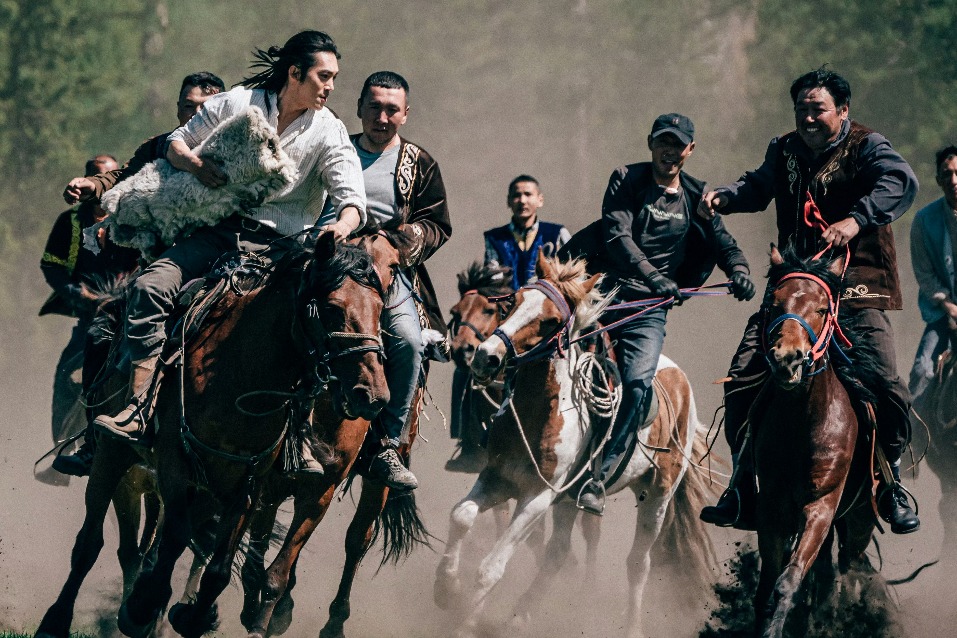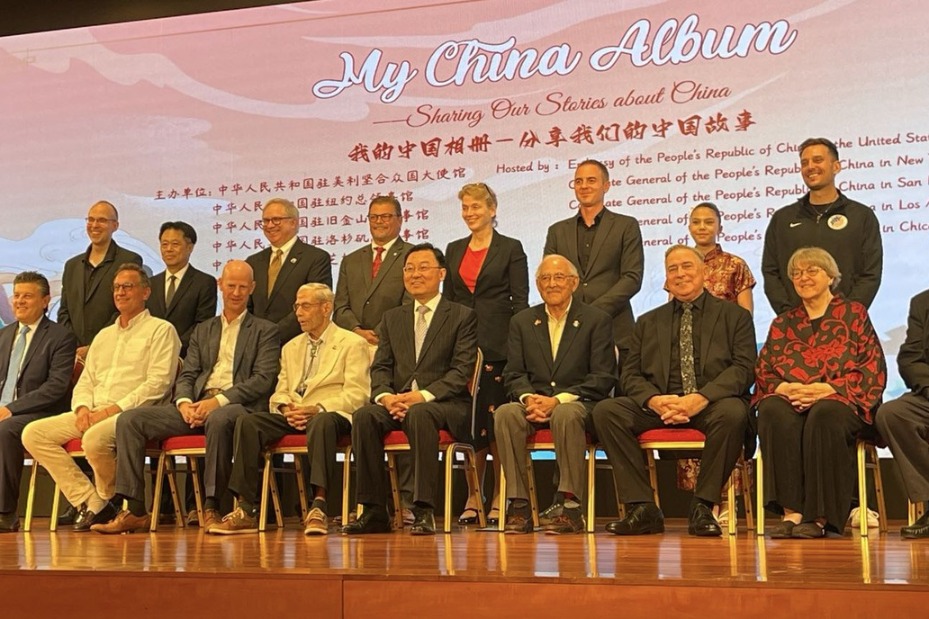Desert blast marked start of nuclear age
By PAN MENGQI | CHINA DAILY | Updated: 2020-07-16 09:34
Seventy-five years ago, an explosion in a desert in the southern United States changed the course of human history-the nuclear age was upon us.
At 5:30 am on July 16, 1945, Trinity, the world's first atomic bomb, was detonated in New Mexico's Jornada del Muerto desert. For many, their perceptions of that event may be limited to what they can glean from viewing files and photographs, but that hasn't diminished humanity's understanding of the power of this weapon.
When the bomb was detonated, an intense flash of light and a sudden wave of heat were followed by a great burst of sound echoing across the desert. A ball of fire shot up into the sky and was then surrounded by a giant mushroom cloud stretching kilometers across.
The test that unleashed an explosion with the energy of about 20 kilotons of TNT was a success, ushering in a new era dominated by the most immensely destructive weapons ever created. Since Trinity, nearly 2,000 nuclear tests have been performed in the following 75 years.
As Thursday marks the 75th anniversary of that first atomic test, the blast site will be open for visitors to reflect on the milestone date.
Tourists are allowed to pose near an obelisk marking the exact location where the bomb went off and view a steel shell that was created as a backup plan to keep plutonium from spreading during the test.
While the Trinity experiment itself may have faded from public attention, the world was changed irreversibly. Two atomic bombs were sent to the Pacific for use in World War II: Little Boy was dropped on Hiroshima on Aug 6,1945, and Fat Man hit Nagasaki three days later.
The leader of the scientific project to build the first atomic bomb, Robert Oppenheimer, also had a premonition of that change. In an interview with The New York Times Magazine in 1965, he said: "It was a damn good thing that the bomb was developed, that it was recognized as something important and new, and that it would have an effect on the course of history. In that world, in that war, it was the only thing to do."
In the decades since, especially during the Cold War period, deterrence theory-the idea that nuclear weapons deter attacks-became a mainstream military strategy and drove countries in the world to design and deliver increasingly more powerful and compact nuclear weapons.
Some argue that nuclear weapons have made war a civilization-ending proposition; others believe that the original intention of nuclear weapons is to maintain peace.
Knowledge of the dangers posed by explosive nuclear testing later resulted in the creation of agreements such as the Limited Test Ban Treaty and the Treaty on the Non-Proliferation of Nuclear Weapons, which this year reaches its 50th anniversary.
After World War II, these treaties bound nations around the world from using nuclear weapons to ensure that civilians would not fall victim to nuclear war again.
Challenges on the rise
Fan Jishe, an expert in Arms Control and Nonproliferation Studies with the Chinese Academy of Social Sciences, said that although the danger of nuclear weapons is well understood today, challenges in the field of international security are on the rise and competition among major powers is intensifying. These factors have a serious impact on global and regional stability.
"Contradictions in nuclear disarmament have intensified. Unilateralism has prevailed in the field of non-proliferation, and politicization of peaceful uses of nuclear energy has become prominent," he said.
Last month, a report said that the US is pondering whether to conduct its first nuclear test explosion since 1992, a decision that will reverse a decades-long moratorium on such actions and undermine a thinly balanced consensus among other nuclear powers.
Fan said the issue came up after accusations from Washington that Russia and China are conducting low-yield nuclear tests, which is "an obvious excuse and an assertion that has not been substantiated by publicly available evidence and both countries have denied it".
























